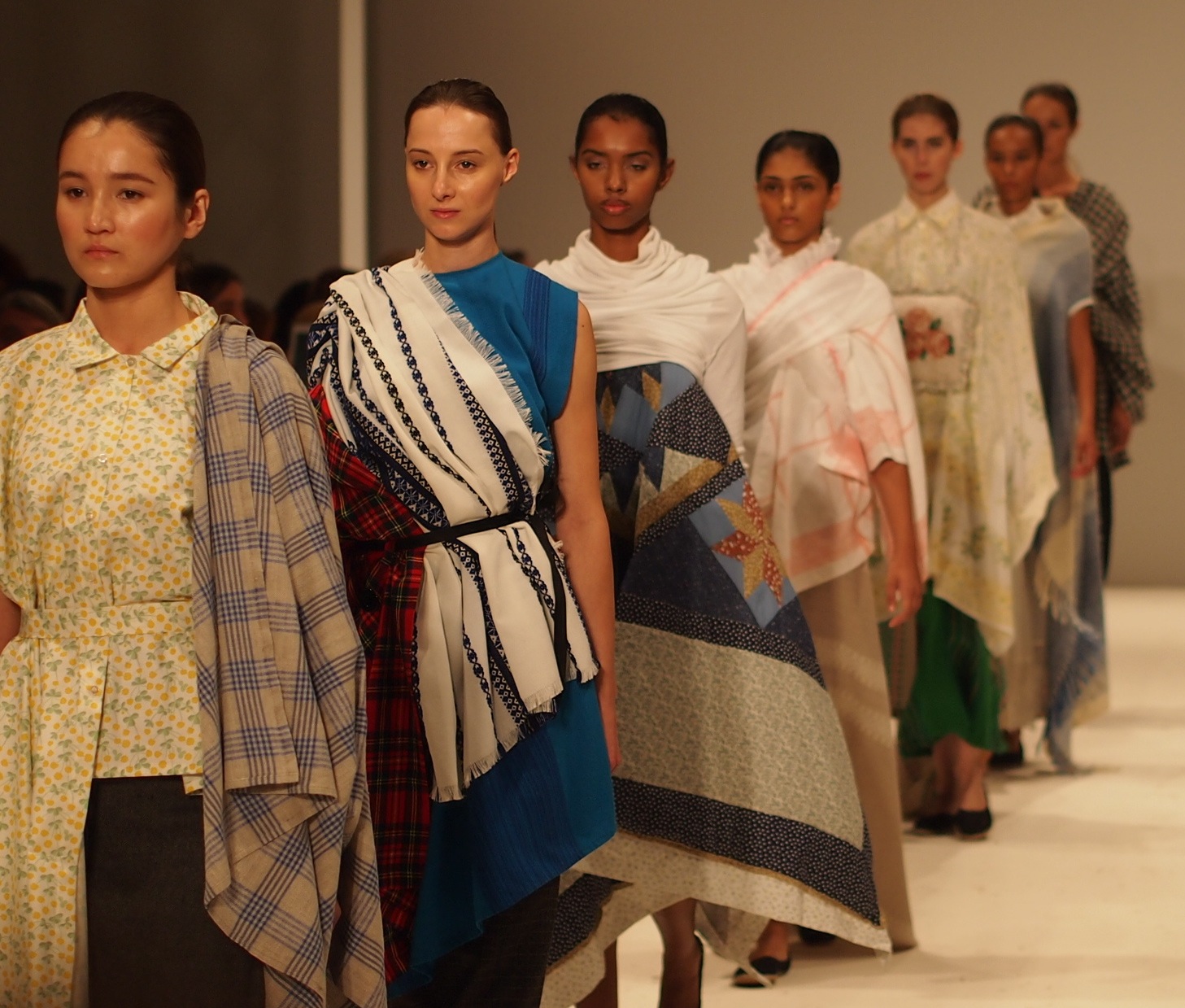For many, being represented in the media is one of the most liberating feelings. This is especially true for minorities who have fewer opportunities to feel seen or heard. Inclusivity, if done right, is beneficial, but when done wrong, it is detrimental.
The Victoria’s Secret Fashion Show was iconic. Everyone would gather around the TV and marvel at the Angels walking the catwalk. Their beauty was unattainable, and that’s exactly what made them so popular.
In recent years, Victoria’s Secret has been recruiting a more diverse set of women: women with disabilities, women who are short and, in general, women who look more like the audience watching them. This strategy, however, backfired on Victoria’s Secret.
The first step to inclusivity, at least body positivity-wise, is to stop editing photos. Victoria’s Secret, even now with its new inclusive branding, has yet to even start the first step. Despite their best efforts to be more inclusive, they are still guilty of photoshopping and airbrushing, which continues to cause the harm inclusivity should help mitigate. Multiple studies have shown that digitally altering and photoshopping photos that already feature thin bodies have a direct impact on self-esteem and self-image, especially in women and adolescents. Even with the release of a new maternity line, Victoria’s Secret still hypersexualizes and airbrushes, leading many to complain that most pregnant bodies are being misrepresented and idealized.
Additionally, many women complain about the Victoria’s Secret catwalk being too boring and completely disappointing. Many of the once-iconic models, such as Adriana Lima, were nowhere to be seen. Content creator Meghan Elinor states that, while she is all for body positivity, she says, “The point of the Angels was not everybody could be an Angel.” Many women aren’t falling for the performative awareness, and it feels as if Victoria’s Secret is only now inclusive to save their brand.
On the flip side, however, Aerie showed massive success capitalizing on body positivity and inclusivity. Aerie launched in 2014 with their brand starting off being centered around inclusivity. Unlike Victoria’s Secret, where they attempted to save their brand through inclusivity, Aerie was always focused on inclusion. Forbes stated that “The brand has struck a chord with today’s consumers who value social responsibility, body positivity, inclusion and a community that supports each other.”
One way Aerie promotes authentic inclusivity is by including disability representation. The brand has accomplished this by bringing in a gold medalist snowboarder, Brenna Huckaby, and blind YouTuber Molly Burke. Burke spoke out about how when she sees disability inclusion: “it often feels like tokenism, which is not what we need. If I ever feel like a brand is trying to use my disability for ‘brownie points,’ I walk away from the opportunity. But Aerie has never made me feel that way — their use of women with disabilities is authentic, and I couldn’t be more appreciative of that.”
Inclusivity in the fashion industry is essential and advantageous if done right, not only for the people but also for the companies. It allows a broad range of people and diversity to be represented, which, in turn, relates more to the target audience.








